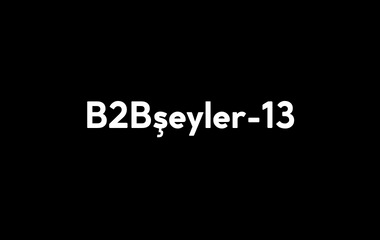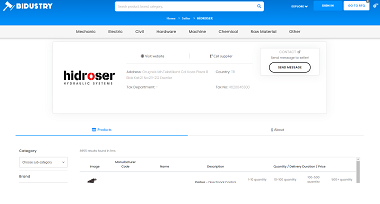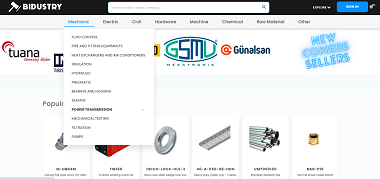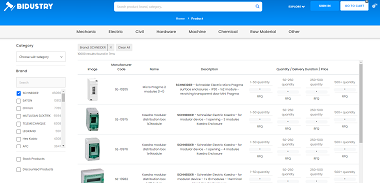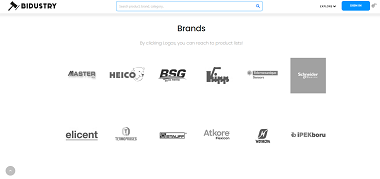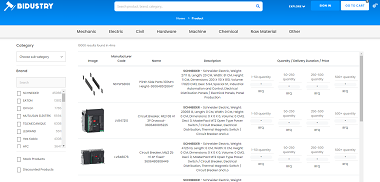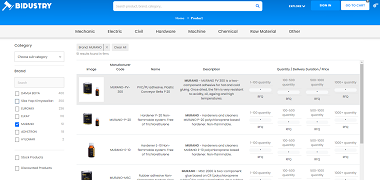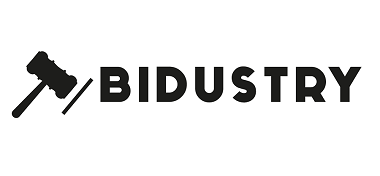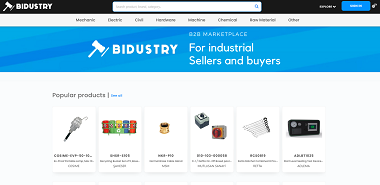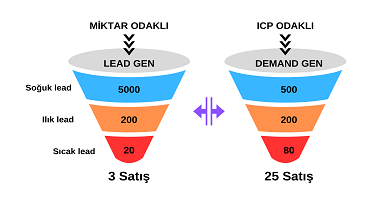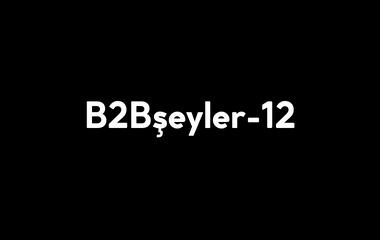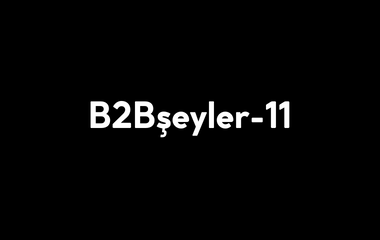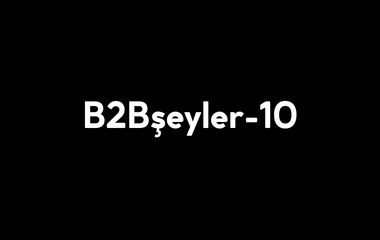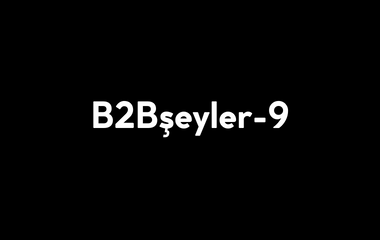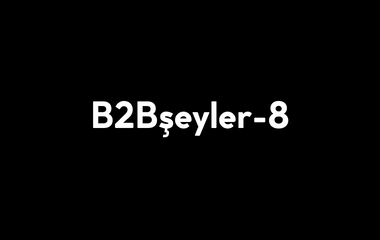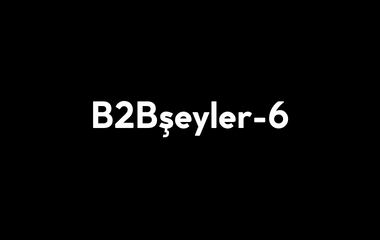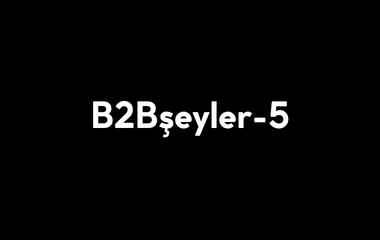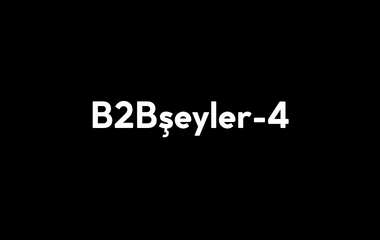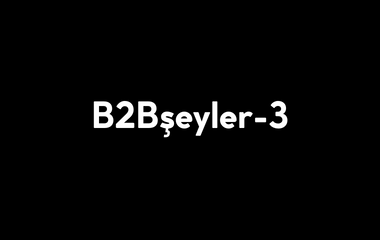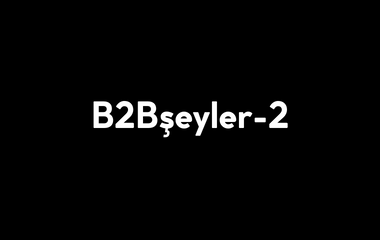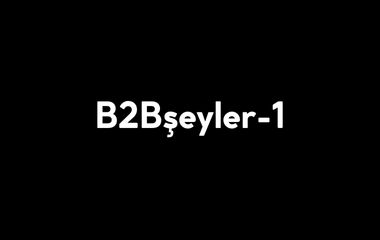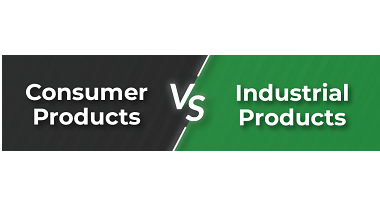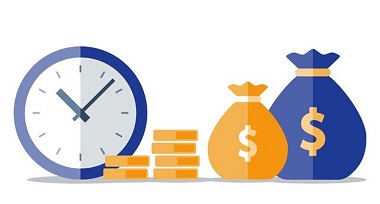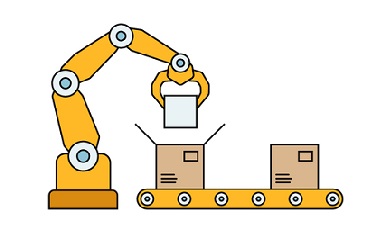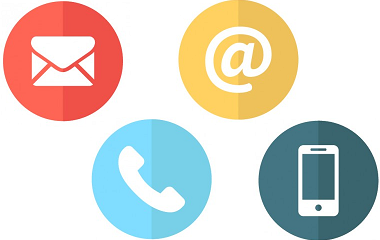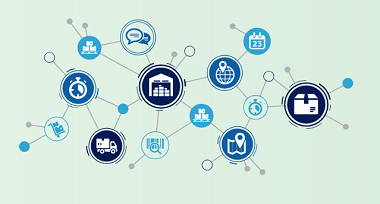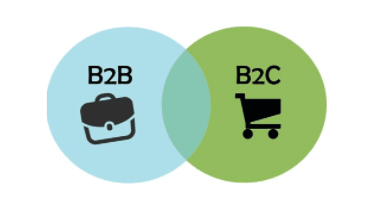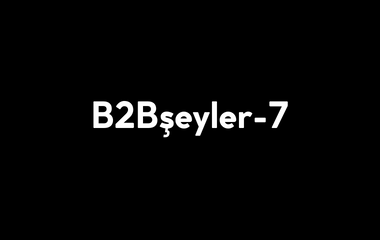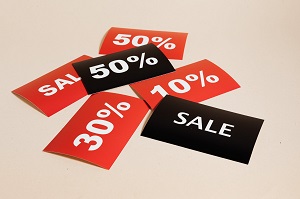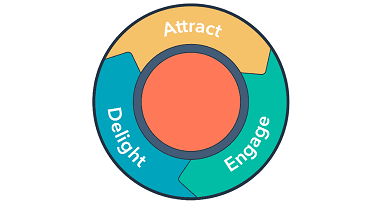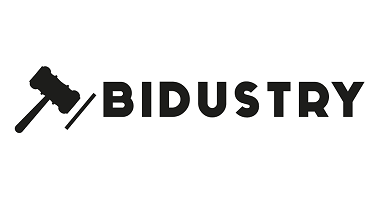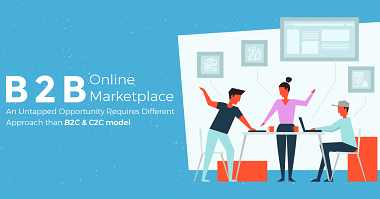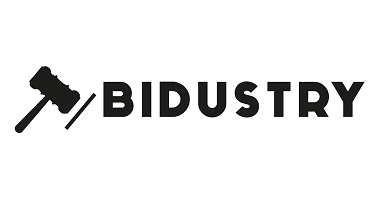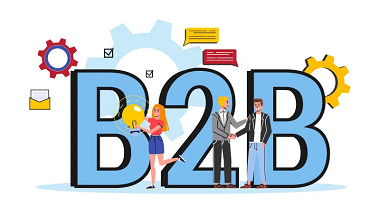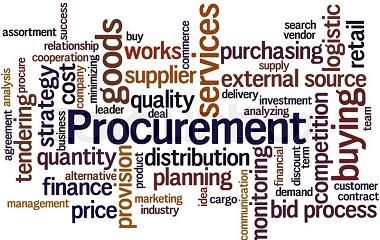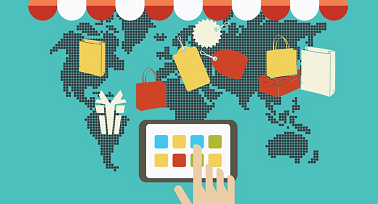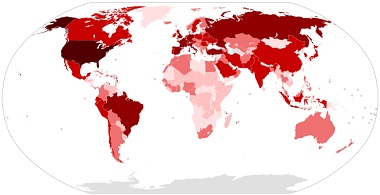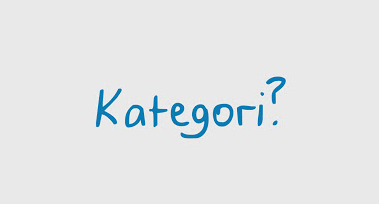For many years, people in companies have been trying to reduce costs of time and money. When you think about companies, their purchasing is not like as normal consumers.
Their purchasing means “procurement” so what is it?
It is the way of discovering, agreeing, etc. to terms comes with purchasing goods, services etc. from a source, often with tendering or bidding processes.
Unlike purchasing, procurement at companies may be quite complex. There are 2 types of procurement. Direct and indirect procurements.

Typically, direct procurements focus on large quantity goods or services to receive a bulk discount.
Indect procurements on the other hand focuses on facilitates day-to-day business operations.
For example, A factory needs a raw copper to manufacture kitchen consumer goods can be thought as direct. Beside factory employees drinks like coffee is the area of indirect procurement.
Now, We can analyse procurement 1.0 as before internet.
Our focus is procurement 2.0 and it means internet operations. Before internet people have always tried to reach competitive bidding or tendering mostly with bilateral relations.
As you see from below picture, all ways start with independent online research according to Gartner.

After the internet, some large companies started to operate closed platforms to procure bulk quantities for their group companies and they realized that if they can increase the potential with other large companies, they can reduce more.
So the story of e-tendering started in this way as procurement 2.0 but these systems are still very selective about buyer companies. Mostly large size companies accepted.
These kinds of systems are close to internet and sellers join under strict conditions to quote, to bid or to join e-tenders.
Close means it is not possible to reach products organicly. Their main focus is already not products as well! They only manage quotations and tenders.
Network affect starts in these platforms because of large sized companies. Everybody wants to quote them about their products and services because they always pay in the end.
Especially with pandemic effect in the world, some B2B marketplaces rise. Let’s talk about industrial B2B marketplaces. Its target customers are mostly proper to direct or indirect procurement.
Those B2B marketplaces are not close platforms like e-tendering or e-bidding platforms.

This is procurement 3.0. The rise of online marketplaces. Open to every company.
Industrial manufacturers and suppliers websites are still problem. They have empty websites with full of not needed information. They have no blog strategies or their products are in PDF catalog.
So with these kinds of marketplaces, they started to serve their products. Now leads and prospects can reach them because of their products.
Bidustry is also one of those industrial B2B marketplaces including more than 220.000 industrial products and increasingly on going!

Open to internet searchers. Organicely growing. Sellers can serve their products without prices, so it means that there is step by step inquiry-quote journey. Its focus is to increase brand awareness, leads and prospects and to create online channels of subscribers.
There are industrial categories for manufacturers and suppliers. Also, sellers can organize their re-sellers with Bidustry by specific district or country by country.
Buyers can reach tens of sellers with a few clicks also they can create a quotation form. It means that buyers can reach multiple sellers for a product in quotation form or reach tens of sellers for their other inquiries in their quotation form.
So what about procurement 4.0?
I think we are going to experience 4.0 in the next 5 to 10 years. It will become more buyers focused. In parallel, companies have been discussing inside buyer enablement vs sales enablement, demand generation vs. lead generation, paid advertisements vs. organic and qualified leads and so on
So these open B2B platforms also focus on buyer enablement. In the future, we will see more integrated B2B marketplaces with company tech stacks. For example automatic quotation can be managed. A B2B marketplace can be integrated with ERP and if stock reduces under unexpected numbers, the system can request for a quotation from sellers.
On the other hand projects also can benefit from B2B marketplaces big data sets. They can upload 1000 pcs of project products, and they can reach 3000 prices or more than it with equivalent products.
Product pages forms or sitemaps also can be redesigned in the way of buyer enablement with AI help. More personalized product pages can be offered to buyers or sellers can redesign it in those B2B platforms.
Payment solutions can be developed. These high price payments can be managed on platforms.
As a result of all:
-Traditional methods never end,
-Procurement is now online and changing day by day,
-Closed platforms are now popular but they are going to loose this hype,
-B2B marketplaces rising,
-Procurement 4.0 will be more buyer enablement focused beside sales enablement.
